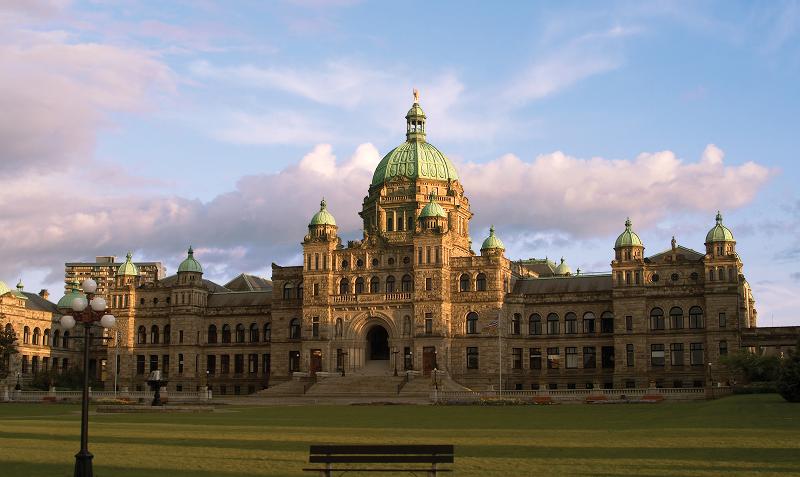Victoria, city, capital of British Columbia, Canada, located on the southern tip of Vancouver Island, approximately 100 km to the province’s largest city, Vancouver. Victoria is the largest urban area on the island. Its mild climate, many parks and green spaces have inspired its description as a “garden city”. The metropolitan Victoria covers an area of 696 square km, with a population of 367,770 (2016).
In 1778, explorer James Cook reached the Vancouver island. As fur trading flourished in the region, Fort Camosun was established in 1843—later Fort Victoria, for the British queen—at the city’s present site. The discovery of gold in 1858 in British Columbia drew an influx of gold seekers, propelling Victoria’s rapid growth. Victoria was incorporated as a city in 1862. It was made the capital of the combined colonies of Vancouver Island and British Columbia in 1866. The city’s protected harbour proved a great advantage for its development over time.
The main components of Victoria’s economy are tourism, services related to tourism and the retirement sector. The city has retained its historic charm, with attractions including Beacon Hill Park, Helmcken House and Craigdarroch Castle. Other downtown attractions include Canada’s first Chinatown and the world-class Butchart Gardens. Agriculture, forestry, fishing, and related industries (such as shipbuilding and repair), sawmilling, food processing, and a number of manufacturing industries also provide employment. Transportation is a significant factor in Victoria’s economic landscape. Most visitors arrive by ferry from British Columbia mainland and the United States. There is an international airport approximately 25 km north of the city. The city has a number of excellent educational and research institutions, including the University of Victoria, Royal Roads University and Pearson College.
Victoria and Suzhou became Sister Cities on October 22, 1980.

